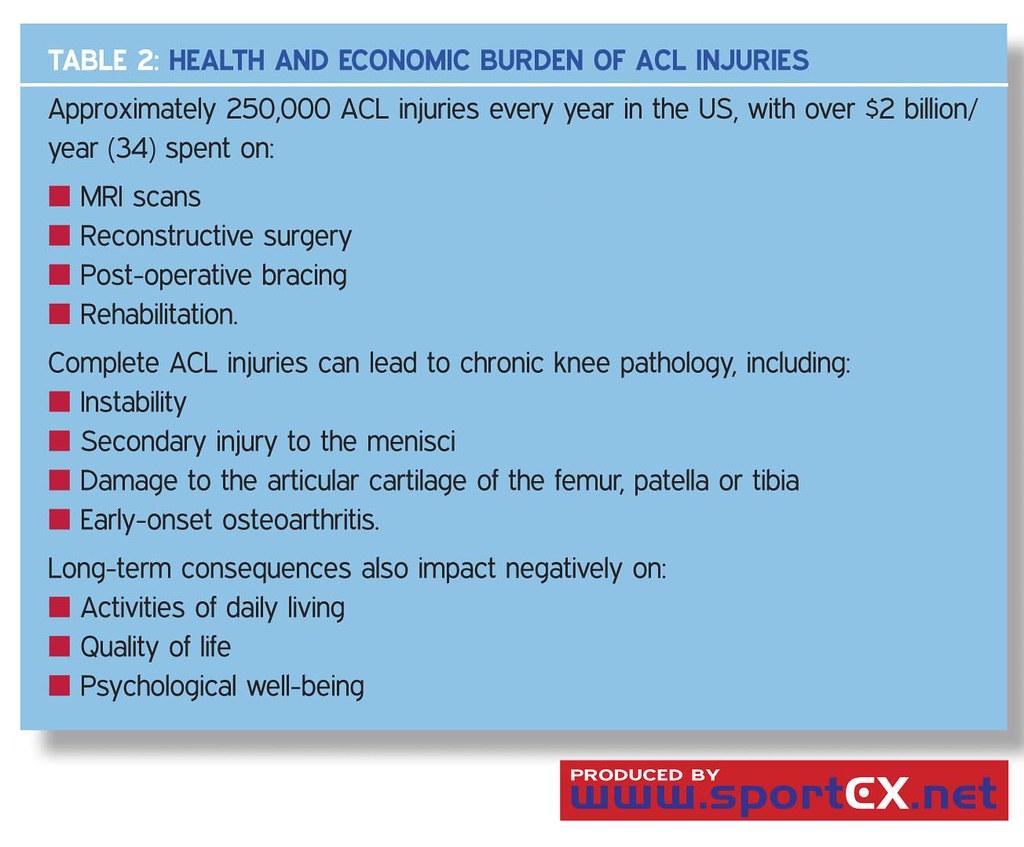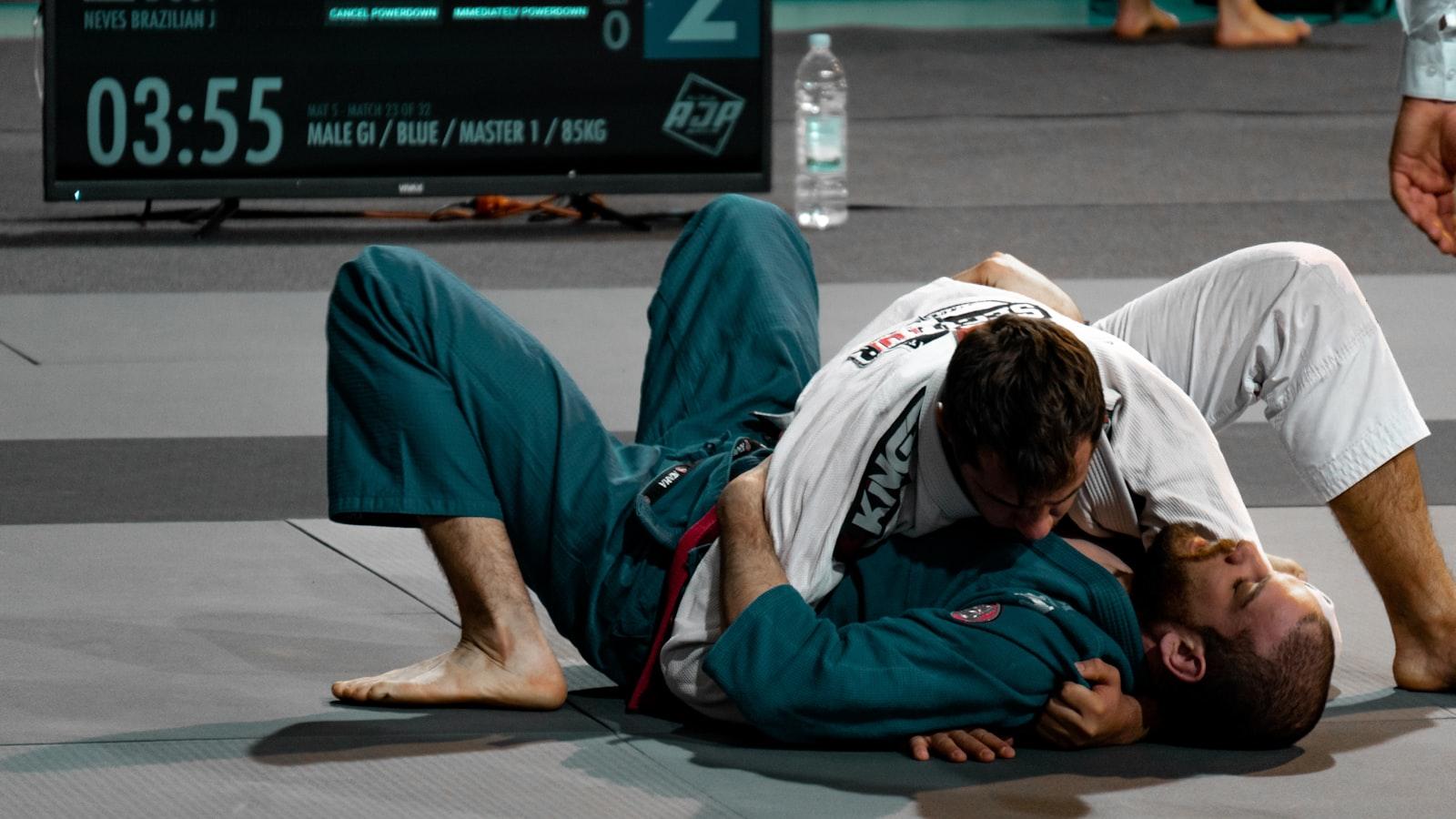Title: “Safeguarding Future Champions: Unveiling the Nuances of Children and Youth Sports Injuries”
Introduction:
In the realm of youthful exuberance and boundless energy lies a world brimming with dreams of athletic prowess and the pursuit of excellence. Children and youth engaging in sports embody resilience, teamwork, and an unwavering spirit that has the magical ability to inspire. Yet, hidden beneath this vibrant playground of dreams lie concerns that demand our attention – the perennial specter of sports injuries.
Harnessing the power to enrich young lives and shape their destinies, children and youth sports carry immense potential for positive physical, emotional, and social development. However, within the tapestry of this blossoming athleticism, we find solace and concern intertwined, fostering a need for specialized insights and careful understanding.
With this in mind, we embark on a journey of exploration, shedding light on a subject that warrants our utmost considerations: “Children and Youth Sports Injuries: Special Considerations.” As we navigate the intricacies of this captivating topic, our quest is to unravel the subtle nuances, challenges, and precautions required to safeguard the health, well-being, and dreams of our budding athletes.
This article stands as a beacon of knowledge and guidance, delving into an array of factors that demand special attention when it comes to young sports enthusiasts. From the unique physiological characteristics that set them apart, to the crucial role of adult figures in promoting safety, we will dissect the multifaceted nature of sporting injuries afflicting the very future we seek to protect.
Hand in hand with our readers, we will embark on a quest to unfold the complexities underlying children and youth sports injuries. Along the way, we will decipher the significance of age-appropriate training, proper equipment usage, and the delicate balance between nurturing competitiveness and maintaining a safe environment.
With a neutral tone and the spirit of unbiased inquiry, this article aims to equip parents, coaches, medical professionals, and all stakeholders associated with the sporting universe with the insight needed to foster a culture of injury prevention for our young prodigies. By addressing the inherent challenges and exploring the dynamic interplay between children, sports, and injuries, we aspire to lay the foundation for a harmonious coexistence of excellence and safety.
Let this journey of enlightenment begin, as we strive to redefine the landscape of children and youth sports injuries, piece by piece, stitch by stitch. Together, we shall forge the gateway to a brighter future, where athletic accomplishments and unscathed dreams walk hand in hand.
Special considerations for preventing sports injuries in children and youth
Preventing Sports Injuries in Children and Youth
When it comes to children and youth participating in sports, it is essential to take special considerations to prevent potential injuries. Young bodies are still developing, and their bones, muscles, and tendons are more susceptible to damage. By following these guidelines, parents, coaches, and athletes can ensure a safe and enjoyable sports experience for everyone involved:
- Warm-up and cool-down: Encourage children to perform warm-up exercises before and cool-down exercises after every practice or game. This helps to enhance flexibility, increase blood flow, and reduce the risk of injury.
- Proper equipment: Ensure that children have appropriate sports gear and equipment that fits them correctly. This includes helmets, pads, and shoes designed for their specific sport. Regularly inspect the gear to make sure it is in good condition.
- Hydration: Teach children the importance of staying hydrated before, during, and after physical activity. Encourage them to drink water regularly, even if they don’t feel thirsty.
- Encourage rest: Prevent overtraining by incorporating rest days into a training schedule. This gives children time to recover and reduces the risk of overuse injuries.
| Age Group | Risk Factors | Preventive Measures |
|---|---|---|
| 5-8 | Inadequate coordination and balance | Focus on developing fundamental movement skills through fun activities and games. |
| 9-12 | Rapid growth and muscle imbalances | Incorporate resistance training and stretching exercises to improve strength and flexibility. |
| 13-18 | Increased intensity and risk-taking behavior | Implement injury prevention programs specific to the sport, emphasizing proper technique and conditioning. |
Additionally, it’s crucial to remember that children and youth should always engage in sports activities appropriate for their age and skill level. Pushing them to participate in overly competitive leagues or events can lead to burnout and increase their risk of injury. Creating a supportive and inclusive environment that focuses on skill development and enjoyment can go a long way in preventing sports injuries in children and youth.

Recognizing the unique vulnerability and risks associated with children and youth in sports
When it comes to children and youth participating in sports, it’s important to recognize their unique vulnerability and the potential risks they face. Sports injuries can have long-lasting effects on young bodies, and it’s crucial for parents, coaches, and medical professionals to take special considerations to ensure their safety and well-being.
1. Age-appropriate training: Children and youth are still growing and developing, which means their bodies may not be able to handle the same level of intensity and volume of training as adults. Coaches and trainers should design age-appropriate training programs that focus on developing fundamental skills, coordination, and strength without excessive strain.
2. Proper equipment: Wearing the right safety gear is crucial in preventing sports injuries. Whether it’s helmets, pads, or specialized footwear, ensuring that children and youth have the appropriate equipment for their sport can significantly reduce the risk of injury.
| Positive Impact | Negative Impact |
|---|---|
| Improved physical fitness | Potential for overuse injuries |
| Enhanced teamwork and social skills | Risk of concussions |
| Boost in self-confidence and self-esteem | Possible sprains, strains, and fractures |
By understanding the unique vulnerability of children and youth in sports, we can take the necessary steps to ensure their safety and minimize the risk of injuries. Prioritizing age-appropriate training and providing the right equipment can make a significant difference in their overall well-being. Let’s work together to create an environment where young athletes can thrive, grow, and enjoy sports while minimizing unnecessary risks.

Insights into the long-term impacts of sports injuries on children and youth
Sports injuries in children and youth can have far-reaching consequences that extend well beyond the immediate pain and discomfort. It is crucial for parents, coaches, and healthcare professionals to be aware of these long-term impacts in order to provide the necessary support and rehabilitation for young athletes. Here are some key insights:
- Physical limitations: Sports injuries can lead to permanent physical limitations, affecting a child’s ability to participate in their favorite activities or reach their full athletic potential. Conditions such as chronic pain, reduced mobility, and muscle weakness can have a significant impact on their overall quality of life.
- Psychological effects: The psychological impact of sports injuries on children and youth should not be underestimated. Dealing with the loss of their beloved sport, social isolation due to limited participation, or fear of reinjury can lead to anxiety, stress, and even depression. It’s crucial to address these emotional challenges and provide the necessary support to ensure their mental well-being.
- Academic consequences: Balancing sports and academics can be challenging for young athletes, and prolonged absences due to injuries can further exacerbate this struggle. Catching up on missed schoolwork, falling behind in studies, or facing academic penalties can add additional stress and hinder their educational progress.
Understanding the long-term impacts of sports injuries on children and youth is essential, but it’s equally important to remember that prevention and early intervention play a crucial role in minimizing the severity of these consequences. By implementing appropriate safety measures, ensuring proper warm-up routines, and providing immediate medical attention, we can reduce the risk of injuries and protect the physical and emotional well-being of our young athletes.
| Injury Type | Risk Factors |
|---|---|
| Concussions | Lack of protective gear, unsafe playing techniques |
| ACL tears | Sudden changes in direction, inadequate conditioning |
| Growth plate fractures | Overuse, improper training technique |
| Ankle sprains | Poor balance, lack of ankle stability exercises |

Understanding the potential physiological and psychological consequences of sports injuries in young athletes
Sports injuries among young athletes can have far-reaching consequences, both physically and mentally. It is crucial for parents, coaches, and healthcare professionals to understand the potential physiological and psychological effects these injuries can have on children and youth. By recognizing these considerations, we can work towards preventing and managing sports injuries more effectively.
Physiological Consequences:
- Physical Impairments: Sports injuries can lead to a range of physical impairments, such as limited range of motion, muscle weakness, and joint instability. These impairments can significantly affect a young athlete’s ability to perform their sport and even hinder their daily activities.
- Long-term Health Complications: Some sports injuries, particularly those involving the head or repetitive stress, may have long-term health consequences. Conditions like chronic traumatic encephalopathy (CTE) or osteoarthritis could develop later in life, impacting the athlete’s overall health and well-being.
Psychological Consequences:
- Emotional Distress: Experiencing a sports injury, especially a severe one, can cause significant emotional distress in young athletes. The fear of re-injury, anxiety, depression, and loss of self-esteem are common psychological consequences that may arise.
- Social Isolation: Unable to participate in sports due to an injury, young athletes may feel isolated from their teammates and friends. This social disconnect can lead to feelings of loneliness and a sense of exclusion.

Recommendations for proactive measures to ensure the safety and well-being of children and youth in sports
Ensuring the safety and well-being of children and youth engaging in sports is of utmost importance. Implementing proactive measures can significantly reduce the risk of injuries and promote a positive and enjoyable sporting experience for the young athletes. Here are some recommendations to consider:
1. Expert Coaching and Training
Invest in qualified coaches and trainers who are knowledgeable about child development, injury prevention, and safety protocols. These professionals should prioritize teaching proper techniques and skills specific to each sport. Encourage coaches to create a supportive and inclusive environment where young athletes feel comfortable discussing any concerns or symptoms they may be experiencing.
2. Regular Health Evaluations
Maintaining the well-being of children and youth in sports requires regular health evaluations. Encourage parents and guardians to schedule annual comprehensive physical exams for their young athletes. These evaluations can help identify any underlying medical conditions, assess growth and development, and provide recommendations for a safe participation in sports.
3. Age-Appropriate Training and Equipment
Children and youth should be engaged in age-appropriate training programs that gradually introduce new techniques and physical demands. Provide adequate equipment that fits properly and complies with safety standards. Remember, protective gear such as helmets, mouthguards, and pads can greatly reduce the risk of sports-related injuries.
4. Education on Injury Prevention
Empower young athletes, parents, coaches, and the entire sporting community with knowledge on injury prevention. Host workshops, seminars, or online resources that focus on topics like warm-up exercises, hydration, nutrition, and proper rest. Continuously emphasize the importance of stretching, strengthening exercises, and appropriate rest periods to avoid overuse injuries.
5. Responsive Emergency Action Plans
Prepare and distribute comprehensive emergency action plans for each sports facility. These plans should include contact information for medical professionals, ambulance services, and hospitals. Additionally, ensure that all coaches and staff members are trained in first aid, CPR, and can competently respond to sports-related injuries.
| Sport | Recommendations |
|---|---|
| Football | Ensure proper tackling techniques and enforce mandatory use of helmets and appropriate padding. |
| Gymnastics | Prioritize strength and flexibility training, use appropriate landing mats, and supervise apparatus usage. |
| Swimming | Emphasize the importance of water safety, provide lifeguards, and encourage regular swimming lessons. |

Implementing strategies for injury prevention, proper training, and age-appropriate competition in youth sports
In the realm of youth sports, it is essential to prioritize injury prevention, proper training, and age-appropriate competition to ensure the well-being and development of young athletes. By implementing effective strategies, we can diminish the risk of injuries and create a safer environment for children to enjoy and excel in their chosen sports.
Age-appropriate competition is crucial in preventing injuries and promoting healthy athletic development. Children and adolescents should engage in sports activities that align with their physical and emotional capabilities. It is imperative to design training programs that suit their age and skill level, gradually building their strength, endurance, and agility. Additionally, incorporating exercise variations, such as bodyweight exercises, coordination drills, and flexibility exercises, can enhance their overall athleticism and reduce the likelihood of overuse injuries. By prioritizing age-appropriate competition, children can enjoy the benefits of sports while minimizing the risk of serious injuries and burnout.
To ensure proper training, coaches and parents must play active roles in closely supervising young athletes. This includes maintaining a proper coach-to-athlete ratio and creating a positive coaching environment that emphasizes skill development and sportsmanship. Regularly monitoring technique, form, and intensity during training sessions can help identify potential issues and correct them promptly. Moreover, it is crucial to educate athletes and their parents about injury prevention strategies, such as proper warm-up and cool-down routines, hydration, and rest. By empowering young athletes with knowledge and promoting a culture of caution and care, we can significantly decrease the risk of sports-related injuries in children and youth.
In Conclusion
As we reach the end of this journey into the world of children and youth sports injuries, it’s important to remember that every child’s journey is unique. While the risks of sports-related injuries exist, so too do the countless benefits that come with participation.
Youth sports offer a platform for fostering valuable life skills, encouraging healthy competition, and instilling a sense of camaraderie. It is crucial, however, that we approach these activities with caution and special considerations in mind.
As parents, coaches, and mentors, we hold the key to creating a safe and nurturing environment for our young athletes. With an understanding of the unique vulnerabilities and developmental stages they go through, we can better equip ourselves to handle injuries effectively.
By staying informed about the latest research and guidelines, we empower ourselves to make informed decisions regarding injury prevention, treatment, and rehabilitation. From ensuring appropriate equipment and training techniques to promoting sufficient rest and recovery, there are numerous steps we can take in protecting our children.
Let us not forget that while youth sports injuries pose challenges, they also present opportunities for growth and resilience. By instilling a culture of open communication and supporting our young athletes both emotionally and physically, we create a solid foundation for their overall well-being.
So, as we bid farewell, let us never lose sight of the tremendous impact we have on the lives of these young individuals. Through our actions, we can transform the landscape of children and youth sports, turning potential dangers into spaces of empowerment and inspiration.
Let us work together to nurture their dreams, safeguard their health, and ensure that the joys of sports are never overshadowed by the shadows of injuries. Only then can we confidently say that we have done our utmost to protect and support the future generation of athletes, fostering a world where their dreams can flourish.


